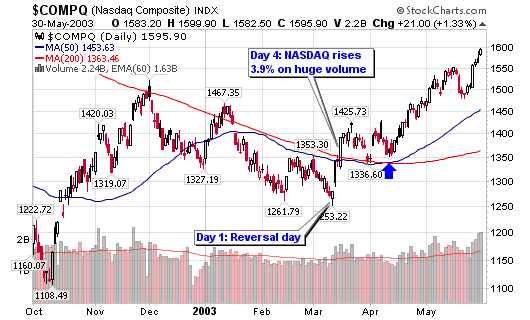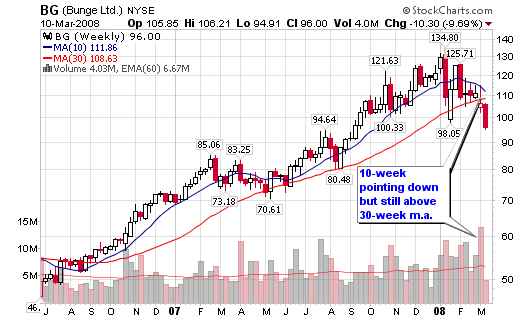Let’s take a look at how EV or expected value can help us become better traders and understand how to measure risk in the market (or life in general). EV can be considered the equivalent of expectancy in the poker world so I think it’s a great read for everyone striving to gain an edge in their trading (or at least understand how an edge can be quantified).
Wikipedia Definition:
In probability theory the expected value (or mathematical expectation, or mean) of a discrete random variable is the sum of the probability of each possible outcome of the experiment multiplied by the outcome value (or payoff). Thus, it represents the average amount one “expects” as the outcome of the random trial when identical odds are repeated many times. Note that the value itself may not be expected in the general sense – the “expected value” itself may be unlikely or even impossible.
In simpler terms:
Expected Value (EV) is the amount of money you can expect to earn over time by making a calculated decision in a specific situation.
The expected value from the roll of an ordinary six-sided die is 3.5 (how do we get here):
Rolling each number has a probability of 1/6.
Multiplying the values with their respective probability gives us 3.5 or:
1 * 1/6 = 1/6
2 * 1/6 = 2/6
3 * 1/6 = 3/6
4 * 1/6 = 4/6
5 * 1/6 = 5/6
6 * 1/6 = 6/6
We get to 3.5 by adding them together:
1/6 + 2/6 + 3/6 + 4/6 + 5/6 + 6/6 = 3.5
What if the die was weighted and we know that the number “6” has a 50% chance of coming up? We will assume that the other five numbers still have a uniform distribution (equal chance of coming up in regards to each other):
1 * 1/10 = 1/10
2 * 1/10 = 2/10
3 * 1/10 = 3/10
4 * 1/10 = 4/10
5 * 1/10 = 5/10
6 * 1/2 = 3
The expected value from the roll of this weighted die is 4.5.
We can now bet a weighed and non weighted die and know the outcome of our bets and determine the profitability, if any.
Now, let’s pretend we are flipping a coin with two betting scenarios:
Scenario #1:
We bet on the outcome, and receive even-money (we bet $1, we will win $1) on our bet. In this case, if we flip the coin 100 times, we can expect to win 50 times, and expect to lose 50 times. Overall, we win $50, and lose $50, breaking even. We have neither won nor lost any money (and over time, we will not expect to win or lose any money), so our EV is 0.
Scenario #2:
We bet on the outcome, and receive 2:1 odds (we bet $1, we will win $2) on our bet. In this case, if we flip the coin 100 times, we still expect to win 50 times, and expect to lose 50 times. But, the 50 times we win will earn us $100 (50 * $2), and the 50 times we lose we will still only lose $50. So, over 100 flips, our profit will be $50, or an average of $.50 ($50 / 100 flips). Our EV is the average win/loss per flip, or $.50. for every time this flip occurs so we can expect to make $.50.
Like expectancy in trading (a couple of trades will not give you the anticipated outcome of your system), you must understand that these EV outcomes will only take place over time, the long run. Both expectancy and expected value do not apply to short term results (we must make hundreds, if not thousands of trades, flips or rolls to expect the calculated outcome of the game.
I once read this from a poker article:
“ it’s not important to know the exact EV of a situation (in fact, with all the variables and unknown in poker, it’s generally impossible), but it is important to know whether a situation is +EV (i.e., you’ll make money long-term) or –EV (i.e., you’ll lose money long-term). It’s also generally helpful to know if a +EV situation is very +EV (i.e., you’ll make a lot of money long-term) or marginally +EV (i.e., you’ll make a little money long-term).”
I couldn’t have said this better when it comes to making trades for a positive expectancy system. We will never know ALL of the variables in the market so the most important part of a trade is to understand if the risk/reward is positive, very positive or negative.
You will be well on your way to consistent profits by understanding the risk and the potential reward of each and every trade you make. As in poker, dice or coins, a +EV or –EV can be determined even if every variable is not known. The name of the game is to play when you know it is a +EV situation or trade in our case.





Connect with Me